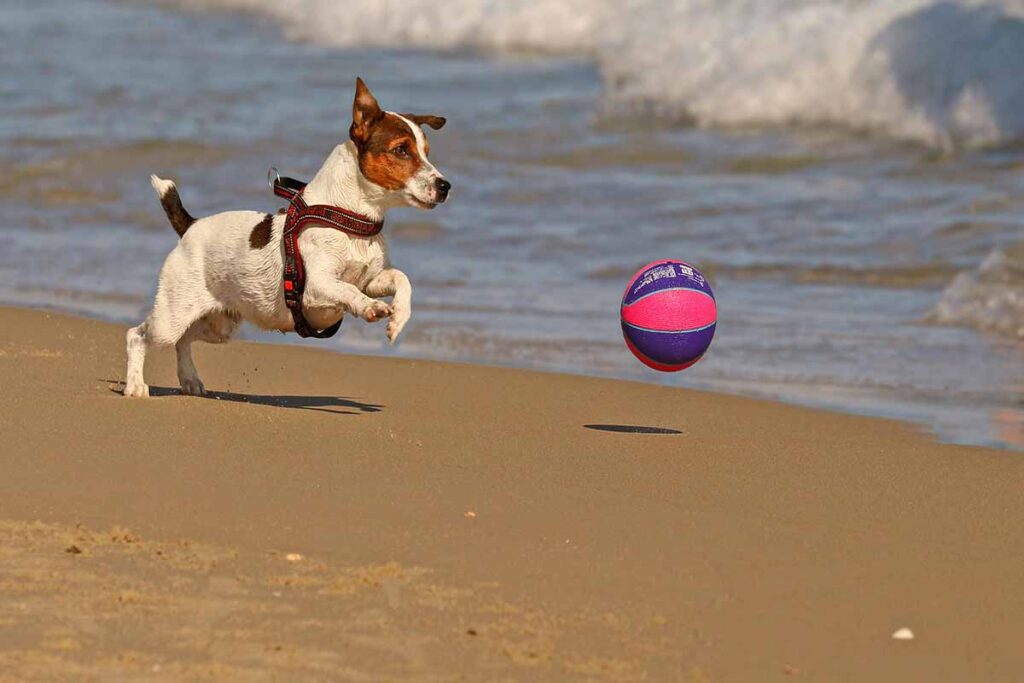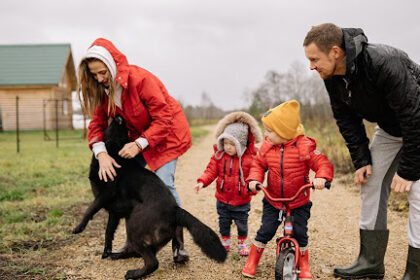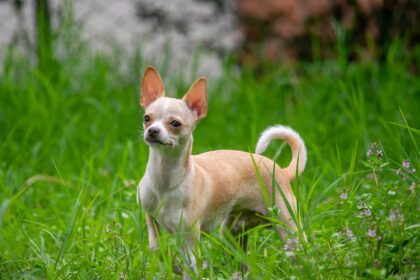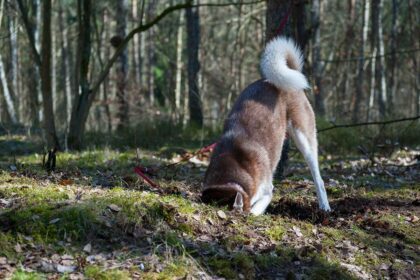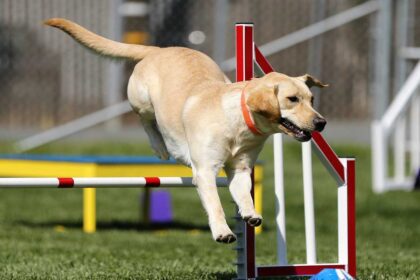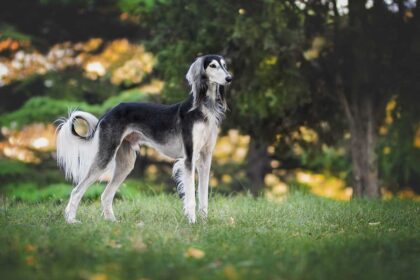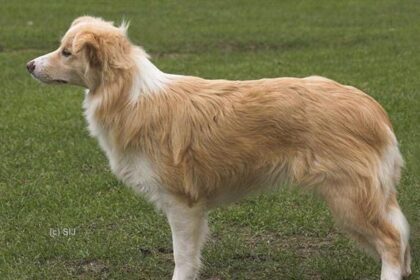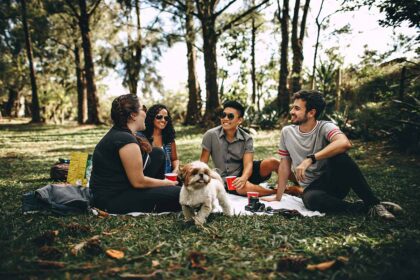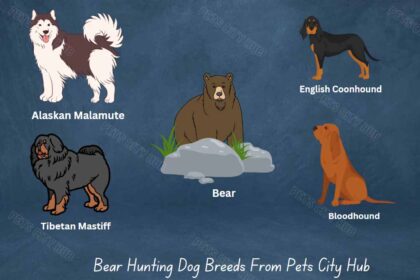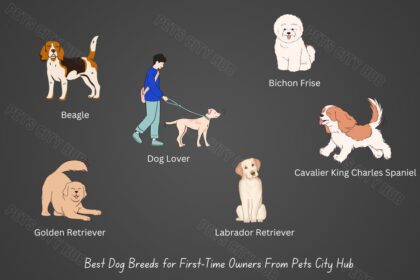(Picture this) the early morning sun casting a warm glow over the quiet streets as you lace up your running shoes, eager to embark on your daily jog. Now, imagine having a four-legged companion by your side, matching your stride and exuberance with boundless energy. For dog lovers who are also avid runners, finding the ideal running partner can elevate the entire experience. As we explore the best dog breeds for runners, we delve into not just statistics but also heartwarming tales of companionship that make each run an unforgettable adventure.
If you’re looking for a four-legged running buddy, here are a few things to keep in mind:
- Energy level: It’s imperative to choose a dog with ample stamina to match your pace and endurance during runs. Dogs with high energy levels will be more likely to keep up with your active lifestyle without tiring too quickly.
- Temperament: Opt for a breed known for its friendly and outgoing nature. A dog with a calm disposition and minimal distractibility will be better suited to focus on the task at hand during your runs.
- Size: The size of your potential running buddy is crucial. While a small dog may seem appealing, they may struggle to keep pace on longer runs. Conversely, a large dog could pose challenges in controlling their strength, potentially pulling you off balance.
- Grooming needs: Consider the grooming requirements of different breeds, especially if you have limited time to dedicate to grooming. Some dogs may need frequent brushing or professional grooming, while others have low-maintenance coats that require minimal upkeep.
After taking these things into account, you may begin to reduce your options. Here are a few of the best dog breeds for runners:
Labrador Retriever

- Energy Levels: Labs are renowned for their boundless energy, making them perfect for runners seeking long-distance companions. They can easily keep pace for several miles and enjoy the physical exertion.
- Trainability: Labs are highly intelligent and eager to please, making them easy to train for running alongside you. They can learn basic commands like “heel” and “stay,” ensuring a safe and enjoyable running experience.
- Temperament: Friendly, outgoing, and patient, Labs are excellent running partners for individuals and families alike. They provide companionship and emotional support during runs.
German Shorthaired Pointer
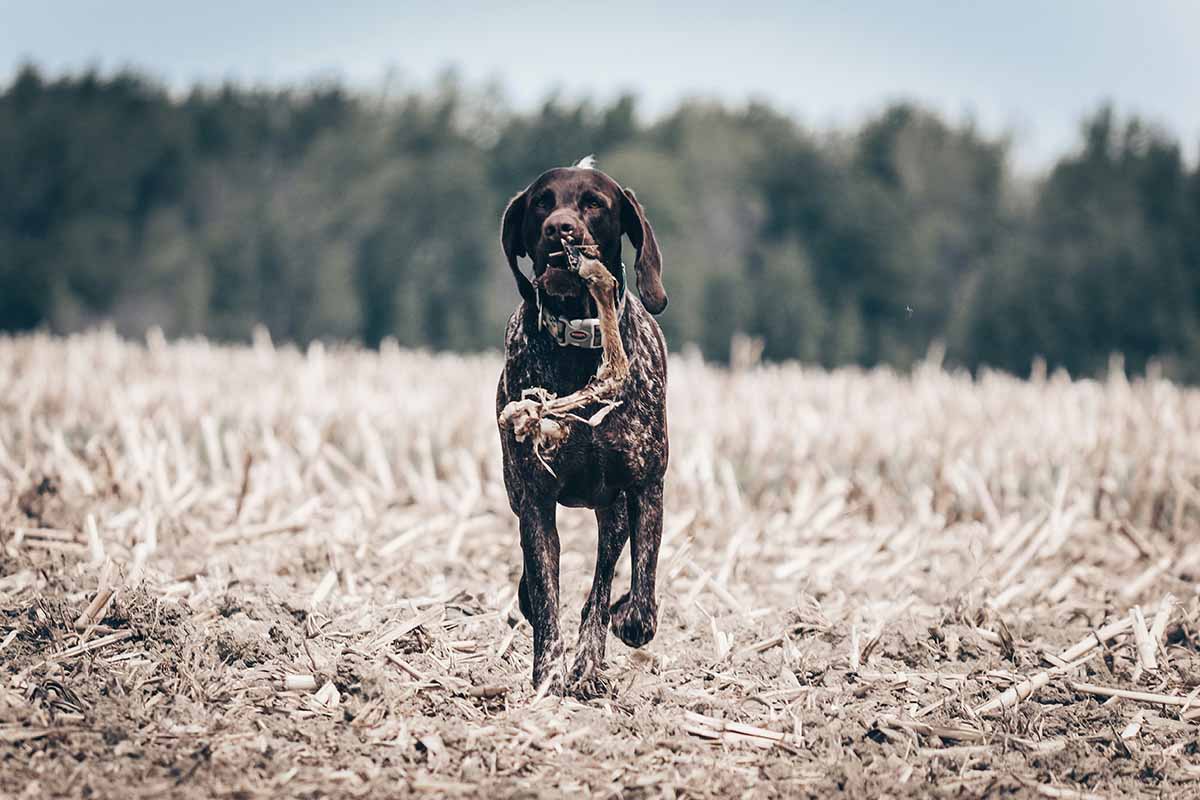
- Athleticism: GSPs are bred for hunting, possessing exceptional athleticism, stamina, and speed. They can easily handle long runs and even keep up with cyclists.
- Adaptability: GSPs are versatile runners, thriving on both paved roads and challenging trails. They are perfect for handling difficult terrain because of their agility and surefootedness.
- Low-Maintenance Coat: Their short coat is easy to groom and requires minimal maintenance, making them a practical choice for runners who don’t have extensive time for post-run grooming.
- Bonding: Strong relationships between GSPs and their owners are well-known. Running together strengthens this connection and provides a shared enjoyable experience.
Border Collie
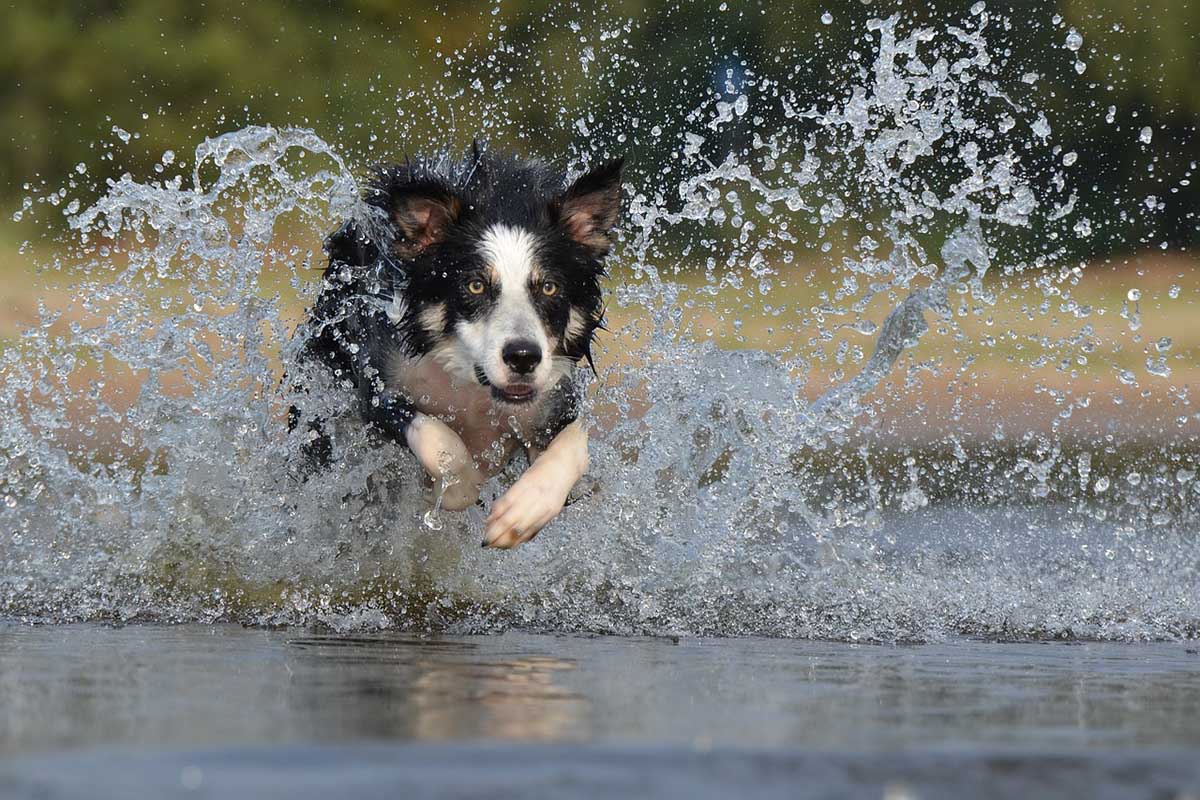
- Intelligence and Trainability: Border Collies are the most intelligent dog breed, making them highly trainable and eager to learn. They can easily master running commands and adapt to different running styles.
- Energy Levels: Border Collies have seemingly endless energy, making them ideal for runners seeking high-intensity workouts. Even the most ardent runners can’t outrun them.
- Agility: Border Collies excel in agility sports, showcasing their remarkable athleticism and ability to navigate obstacles. This translates well to running on trails with uneven terrain.
Jack Russell Terrier
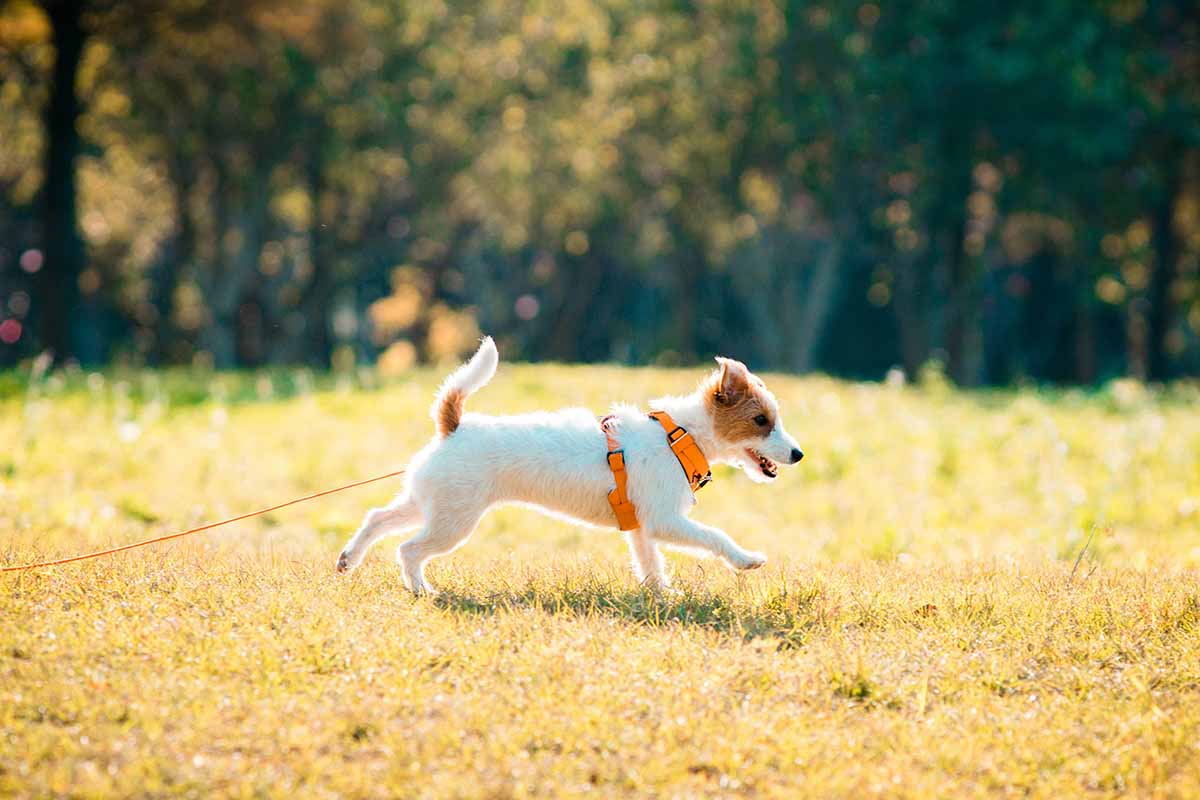
- Energy and Enthusiasm: Despite their small size, Jack Russells are packed with energy and enthusiasm. They love to run and play, adding a fun element to your running routine.
- Playful Demeanor: Jack Russells are known for their playful nature, which can help keep you motivated and engaged during your runs. Their positive energy is contagious.
- Important Note: While Jack Russells can be great running partners, their small size requires careful consideration. They may not be suitable for long-distance runs or keeping up with very fast runners.
Australian Cattle Dog
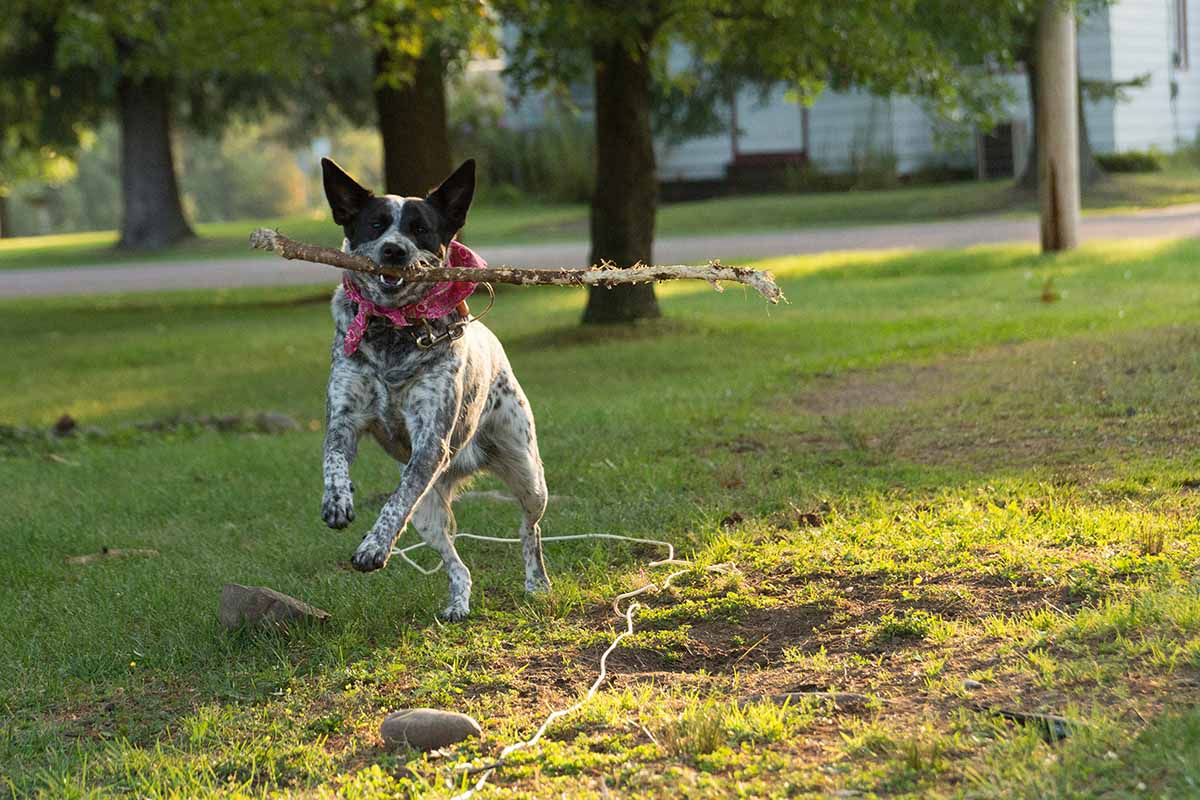
- Stamina and Work Ethic: Bred for herding livestock, Australian Cattle Dogs possess incredible stamina and thrive on physical challenges. They can easily handle long-distance runs and require plenty of exercise to stay happy and healthy.
- Intelligence and Trainability: Like other herding breeds, Australian Cattle Dogs are intelligent and eager to please, making them easy to train for running. They can learn commands and adapt to different running routes.
- Motivation: Australian Cattle Dogs are highly motivated and enjoy working alongside their owners. Running together provides both physical and mental stimulation for these intelligent dogs.
Vizsla

- Energy Level: Vizslas are known for their high energy levels. They are enthusiastic and require regular exercise to stay happy and healthy.
- Temperament: This breed is affectionate, loyal, and highly trainable. Vizslas are often referred to as “velcro dogs” because of their tendency to stick close to their ownersVizslas’ propensity to cling to their owners has earned them the nickname “velcro dogs” in many circles.
- Size: Vizslas are medium-sized dogs, weighing between 45-65 pounds and standing 21-24 inches tall at the shoulder.
- Trainability: They are rather easy to train because they are bright and eager to please. However, they can be sensitive, so positive reinforcement methods work best.
- Grooming Needs: Vizslas have a short, smooth coat that requires minimal grooming. Typically, regular bathing and brushing will take care of their coat maintenance.
Weimaraner
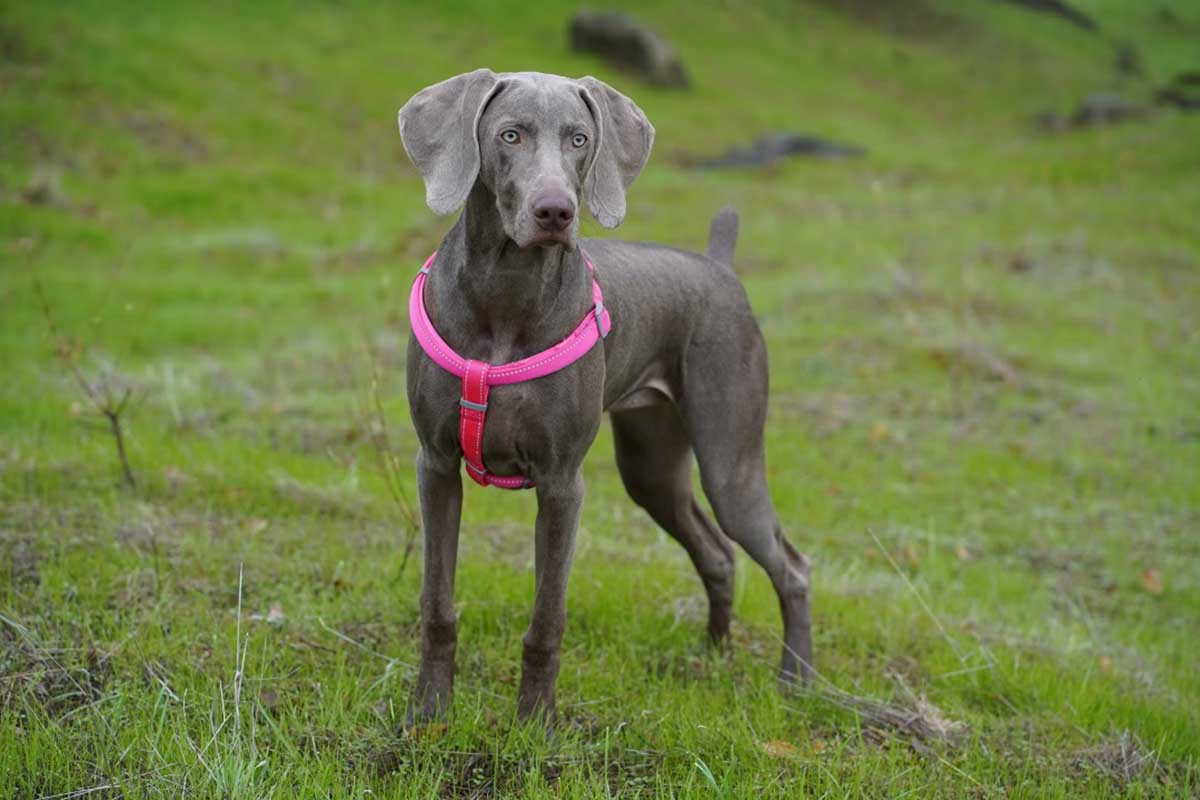
- Energy Level: Weimaraners are extremely energetic dogs that thrive on vigorous exercise. They have a lot of stamina and require regular mental and physical stimulation.
- Temperament: Weimaraners are intelligent, affectionate, and highly social. They can be protective and develop close relationships with their families.
- Size: Weimaraners are large dogs, typically weighing between 55-85 pounds and standing 23-27 inches tall at the shoulder.
- Trainability: Although they are perceptive and eager to please, they occasionally exhibit stubbornness. Positive reward combined with consistent training is crucial.
- Grooming Needs: Weimaraners have short coats that are easy to maintain. They only need the occasional bath and regular brushing to stay in top condition.
Siberian Husky
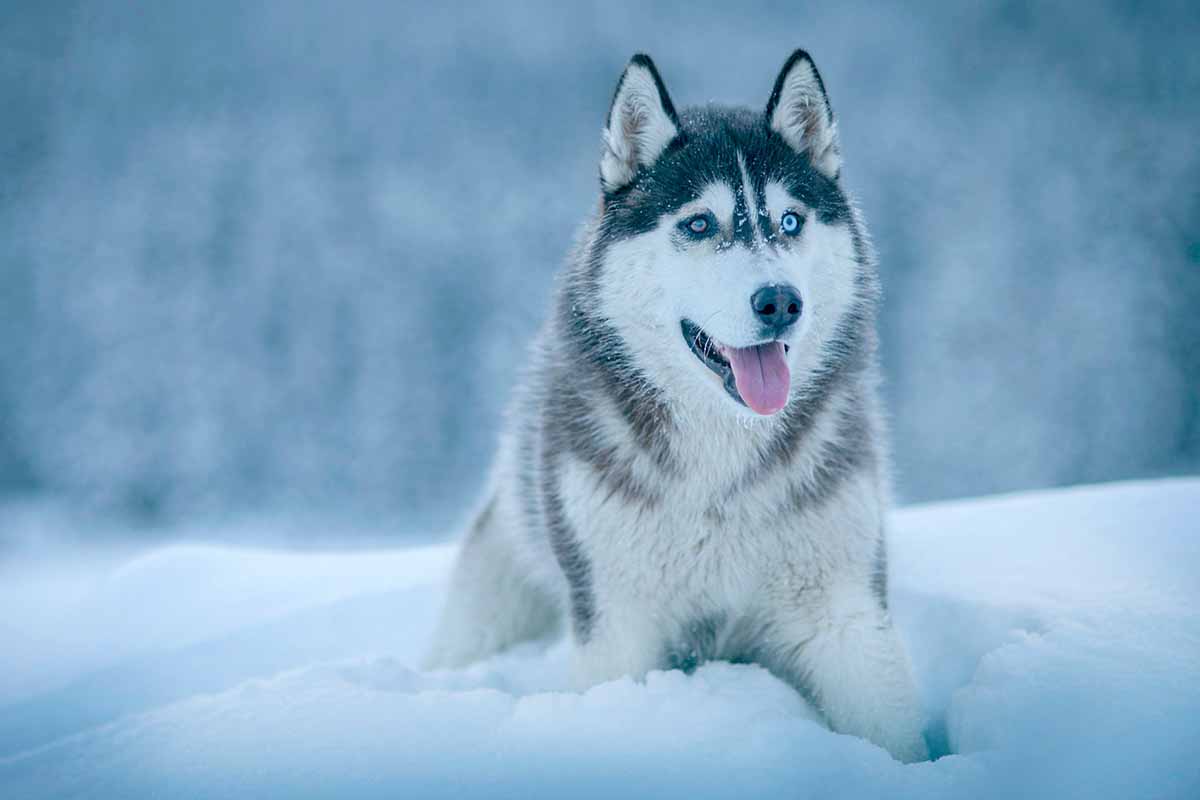
- Energy Level: Huskies are known for their boundless energy and endurance. They have a strong instinct to run and require plenty of exercise to prevent boredom.
- Temperament: Siberian Huskies are friendly, outgoing, and independent. They can be mischievous and may have a stubborn streak, but they are also loyal and affectionate with their families.
- Size: Husky breeds range in size from medium to large, with shoulder heights of 20 to 24 inches and weights of 35 to 60 pounds.
- Trainability: Huskies are intelligent but can be independent and strong-willed, which can make instruction difficult. Consistency and patience are key when training a Husky.
- Grooming Needs: Because of their thick double coats, huskies need to be brushed frequently to avoid matting and shedding. They also blow their coat twice a year, requiring more intensive grooming during those times.
Rhodesian Ridgeback
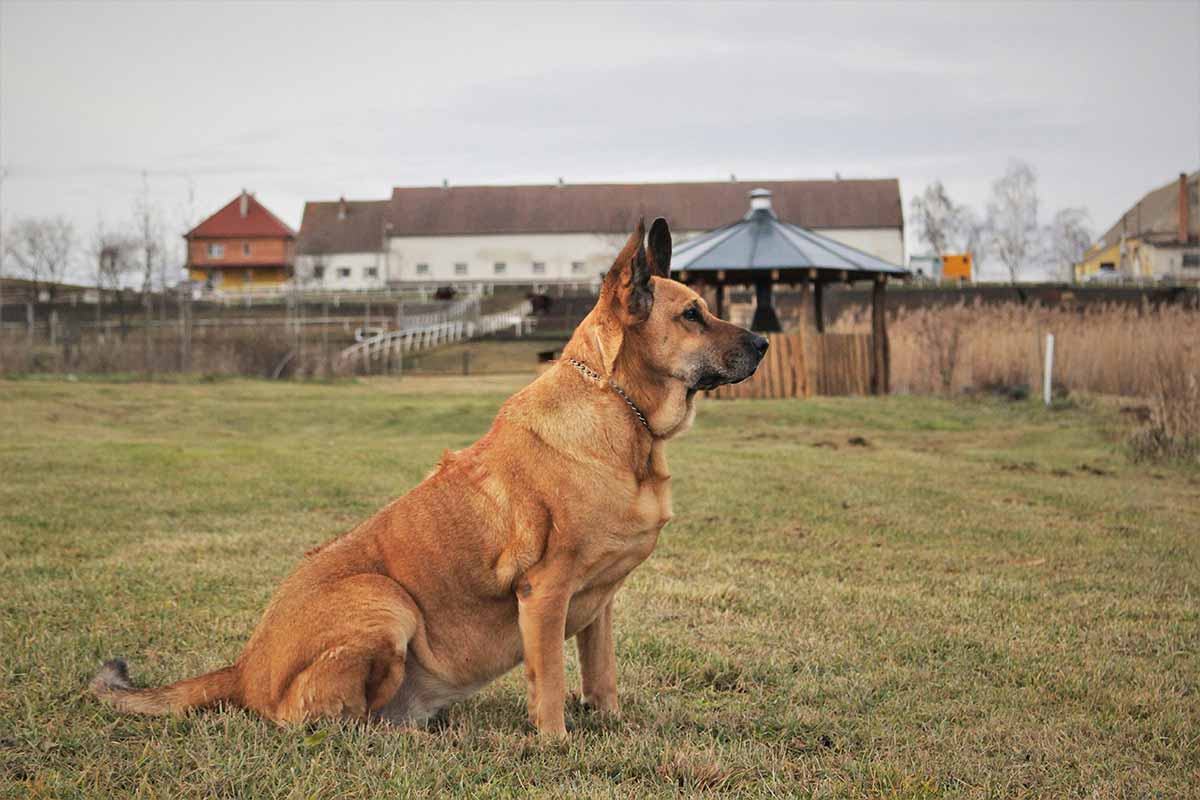
- Energy Level: Rhodesian Ridgebacks are athletic and energetic dogs that enjoy physical activity. They have good endurance and make excellent running partners.
- Temperament: Ridgebacks are loyal, dignified, and independent dogs. They can be distant from strangers and protective of their families.
- Size: Rhodesian Ridgebacks are large dogs, typically weighing between 70-85 pounds and standing 24-27 inches tall at the shoulder.
- Trainability: They are intelligent but can also be strong-willed, so early and consistent training is essential. Ridgebacks respond well to positive reinforcement techniques.
- Grooming Needs: The short, thick coats of ridgebacks require little maintenance. Occasional brushing and baths are usually sufficient to keep their coat clean and healthy.
Dalmatian
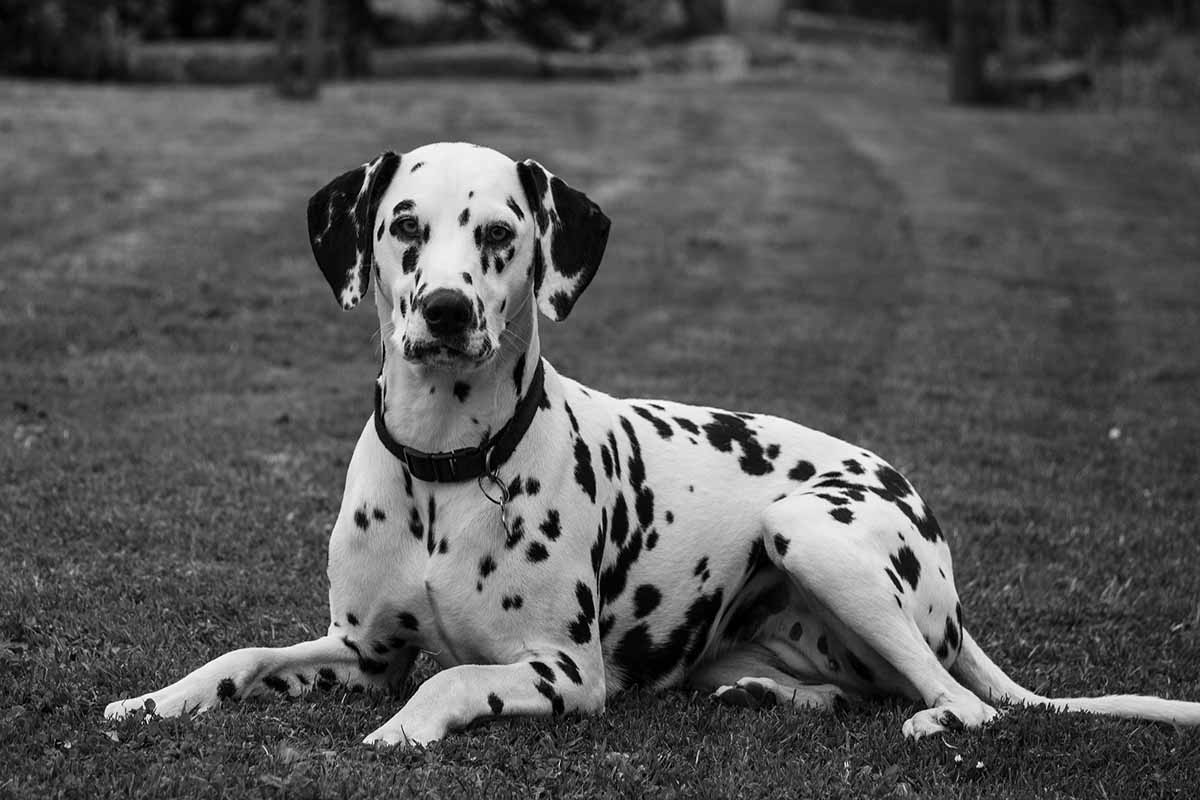
- Energy Level: Dalmatians are high-energy dogs that require plenty of exercise and mental stimulation to prevent boredom.
- Temperament: Dalmatians are outgoing, playful, and friendly dogs. They are also intelligent and can be independent, but they form strong bonds with their families.
- Size: Dalmatians are medium-sized dogs, usually weighing 45–70 pounds and having a shoulder height of 19–24 inches.
- Trainability: Dalmatians are intelligent but can be stubborn, so they require consistent and patient training. With this breed, positive reinforcement tactics are most effective.
- Grooming Needs: Dalmatians have short, dense coats that shed heavily year-round. Regular brushing and occasional baths can help manage shedding and keep their coat looking its best.
Belgian Malinois
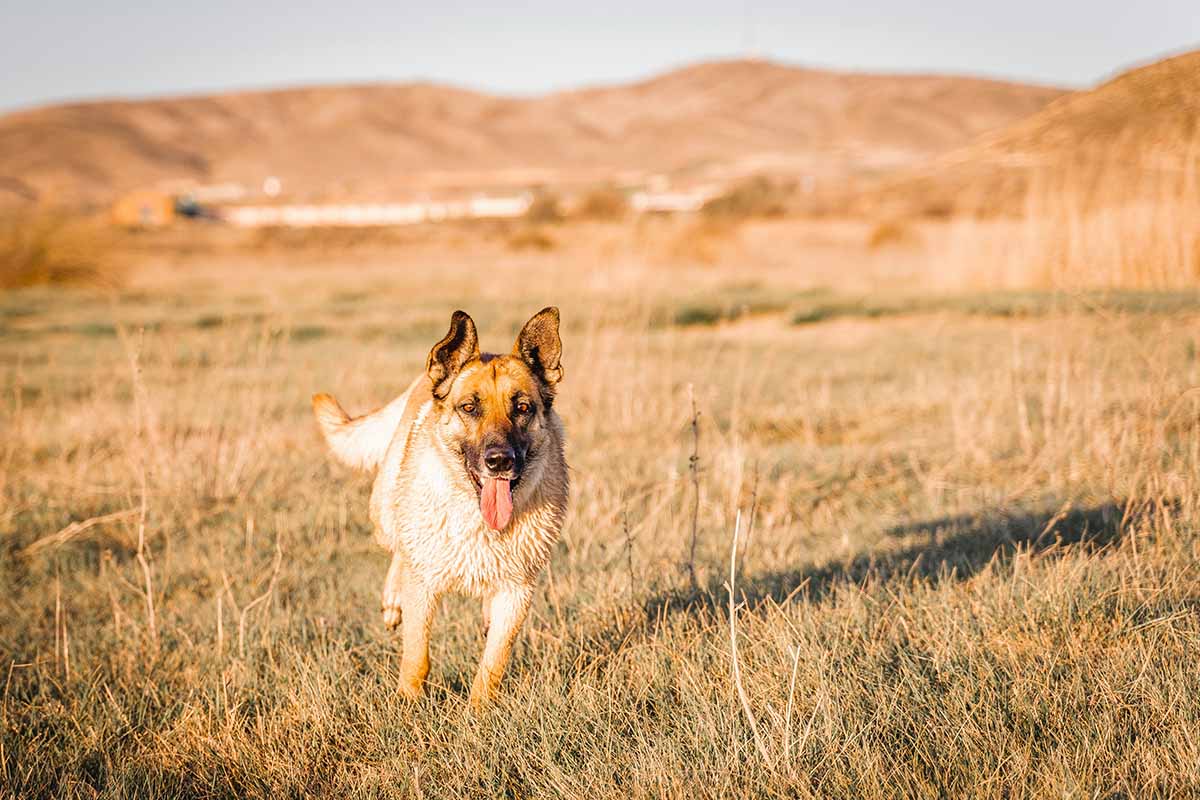
- Energy Level: Belgian Malinois are highly energetic and need plenty of physical and mental stimulation to keep them satisfied. They excel in activities like running, agility, and obedience.
- Temperament: Malinois are intelligent, loyal, and protective dogs. They become close to their family yet can be distant from outsiders.
- Size: Medium-sized canines, Belgian Malinois usually weigh between 40 and 80 pounds and have a shoulder height of 22 to 26 inches.
- Trainability: Malinois are highly trainable and excel in obedience training. They have a strong desire to please and react well to techniques of positive reinforcement.
- Grooming Needs: Malinois have short, dense coats that are relatively low-maintenance. Typically, regular brushing and infrequent bathing are enough to maintain a clean and healthy coat.
These are just a few of the many great dog breeds for runners. With a little research, you’re sure to find the perfect furry friend to join you on your next run.
According to a survey by the American Kennel Club, the most popular dog breeds for runners are
- Labrador Retriever
- German Shorthaired Pointer
- Golden Retriever
- Beagle
- Boxer
The survey also found that runners are more likely to choose a dog that is medium-sized, has a short coat, and is relatively easy to train.
Important things to consider before running with your dog
- Ensure that your dog is healthy and has had all necessary immunizations.
- Increase your running distance and duration by little increments at first.
- Pay attention to the weather and make sure your dog is not too hot or cold.
- Make sure you and your dog have enough water with you.
- Let your dog sniff and explore during your runs, but be sure to keep them on a leash.
- Clean up after your dog.
With a little planning and preparation, you and your dog can enjoy many happy miles together.
How PetsCityHub Can Help
For pet lovers seeking more information on dog breeds, training tips, and health guidelines, Pets City Hub. is a valuable resource. Our comprehensive database and expert advice cater to all aspects of pet care, ensuring that you make informed decisions for your furry friends.
Frequently Asked Questions (FAQs)
Can any dog be a good running companion, or are specific breeds better suited for it?
While any dog can potentially be a running companion, certain breeds are better equipped for the task. Breeds like Border Collies, Labrador Retrievers, and Greyhounds are known for their energy levels, athleticism, and endurance, making them excellent choices for running enthusiasts.
How do I determine if my dog is suitable for running?
Assess your dog’s age, health, and breed characteristics. Young, healthy dogs of medium to large size breeds are generally more adaptable to running. However, it’s crucial to consult with your veterinarian to ensure your furry friend is physically fit for regular exercise.
What factors should I consider when choosing a running route with my dog?
Select routes that are safe and dog-friendly, with well-maintained paths and minimal traffic. Be mindful of the weather, especially during extreme conditions, and bring water for both you and your furry companion. Additionally, consider the terrain to prevent injuries, especially for breeds prone to joint issues.
How can I train my dog to run alongside me?
Start with short distances and gradually increase the intensity. Make use of positive reinforcement by giving treats or praise for good behavior. Invest time in leash training to ensure your dog walks or runs beside you without pulling.


